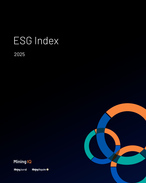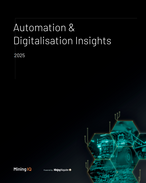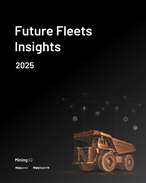This article is 14 years old. Images might not display.
Speaking on the last day of the Mining 2011 Resources Convention in Brisbane, recently appointed Vale director of expansion projects Jason Economidis said the real problem facing the industry was its ability to obtain approvals from the government and actually do business.
“I was recently involved in a project here in Australia that took six years to get over the line and there is still some work to do ... there are certain operations we have in Brazil which are taking up to seven years,” he said.
“So those sorts of timeframes certainly don’t make us the smart state and I am a born and bred Queenslander.”
Vale has established Brisbane as the global headquarters of its coal business which spans Australia, Columbus and Mozambique, with Queensland its prime growth area.
“Whenever we [Vale] do business around the world we look at resource sovereignty, how easy it is to do business, how easy the mines/resources are to operate, access to infrastructure, but are couple of things are now starting to creep in,” Economidis warned.
“Some of those are approvals. Approvals processes not just here but all around the world are becoming much more difficult, there is a huge focus towards social impacts, and as a result when you couple that with [Australia’s] carbon and resource rent tax, it only adds to the uncertainty.”
Only four weeks into his new position with Vale after leaving BHP Billiton, Economidis said Vale remained bullish when it came to the long-term prospects of the coal sector, particularly metallurgical coal, but also hard coking, semi soft and low volatility pulverised coal injection coals over the next five years.
However, the global Vale business also includes iron ore, for which it continues to hold the top ranking as the world’s largest producer, copper, manganese and nickel as well as phosphate and coal, which Economidis described as growth markets.
Innovation would continue to drive the business, particularly the use of remote operating centres similar to the Rio Tinto model.
“Locally our towns are filling up in central Queensland, we don’t have more accommodation or land to put them on, so we have to look at remote operating centres,” he said.
“We also have a large leaning towards underground … deep underground, gassy and geotechnically difficult operations, particularly as resources become more scarce.”
This article first appeared in ILN's sister publication Miningnews.net.
























